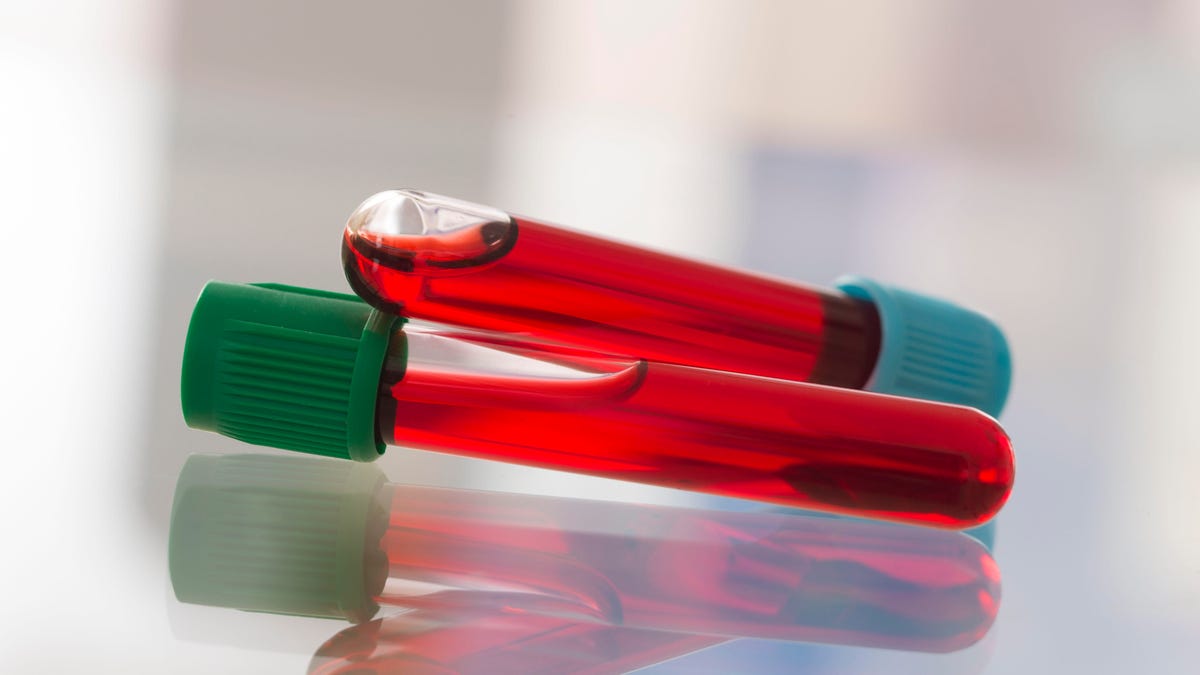Science nears a brain-cancer biopsy with simple blood test
Checking brain tumors is an invasive procedure, but researchers may have unlocked a low-risk technique to test for brain cancer with a simple blood sample.

Other cancers are detectible with a simple blood sample, but brain cancer biopsies with bloodwork have been elusive.
Understanding what is happening in somebody's head is hard, even for neurosurgeons, but doctors may soon have an easier way to test for brain cancer than the current invasive procedures.
Researchers at Washington University in St. Louis have developed a way to detect biomarkers of brain tumors with a simple sample of blood, according to a study published in Nature and report by science news site EurekAlert.
Blood-based biopsies have been developed for other cancers, but not in the brain because of what's known as the blood-brain barrier -- a membrane that separates the blood circulating in the brain from fluid in the central nervous system. The researchers's new technique uses focused ultrasound and microbubbles to allow biomarkers from a tumor to pass through the blood-brain barrier and into a patient's blood, possibly eliminating the need for an invasive biopsy.

